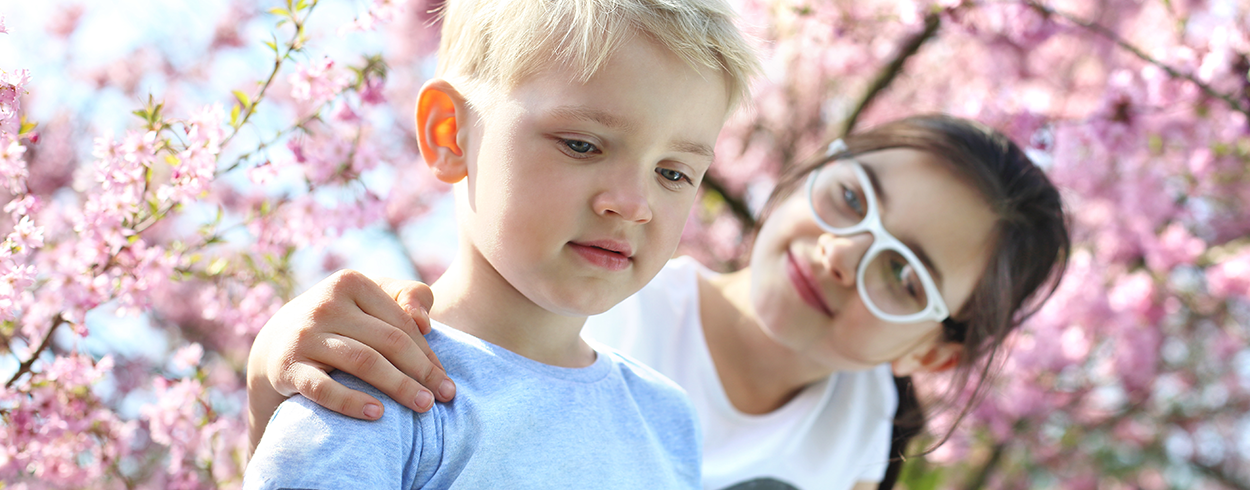Introduction
Your child needs a chance to talk about what he/she wants, and how he/she feels. To be a good learner, it's important your child learns to express needs, wants and feelings.
Tools and Materials
photos, pictures, books and drawings
Steps to take
Accept and support your child's expression of feelings. Notice and name your feelings and your child's feelings.
At Home
If you have 3 minutes
- Play a guessing game: make faces showing different emotions and have them "guess-the feeling". This can be done at bedtime or when getting dressed.
10 min or more
- Play games with dolls/puppets to act out feelings. Have your child draw a picture of how they are feeling.
- Look through newspapers, magazines and books for faces and discuss what feelings they show.
- Talk about characters in a book, in a video, or on TV, talk about how they feel. All media viewed by your child should be age appropriate, non-violent, not scary. Children absorb everything in their environment whether you think they are watching or not.
- Have a child use a mirror- make different expressions and name the feelings.
On the Go
If you have 3 minutes
- Talk about feelings- use emotion words like mad, sad, glad, happy, frustrated, calm, excited.
- Talk to your child about what they can do when they are angry- count to five, take deep breaths.
- Sing songs about feelings (If You're Happy and You Know It). If you are unfamiliar with such songs you can look them up on the internet or visit the children's music section of your local library.
Words to Know
angry joyful frustrated feeling/emotion excited happy silly tired scared/frightened anxious
Possible Observations
Uses words for feelings; asks for things they want; recognizes a variety of emotions in pictures; manages anger and frustration in reasonable ways (fewer tantrums)
